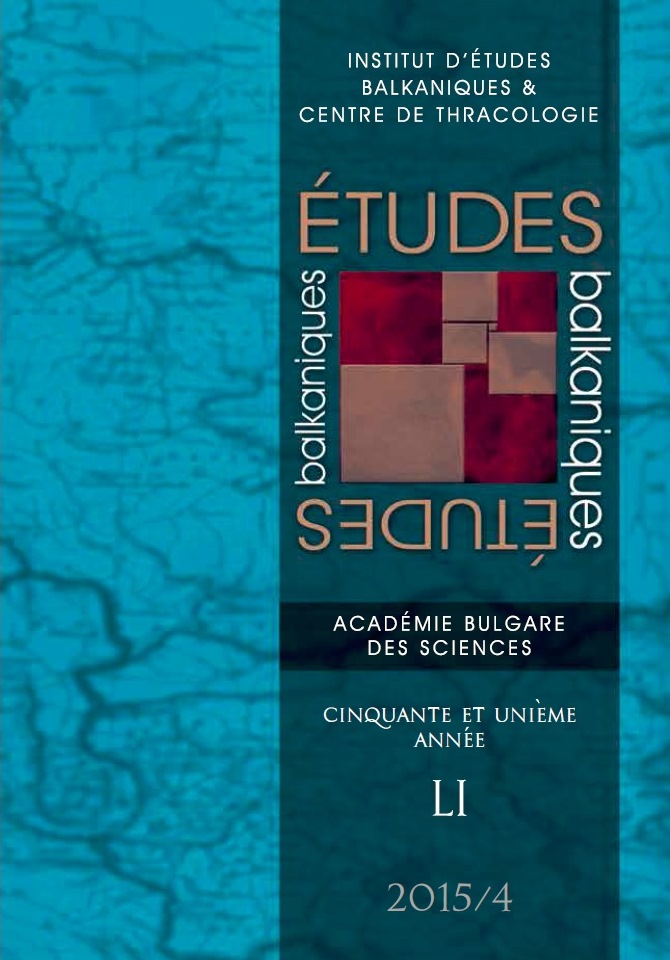Emergence and Development of Vaqf Çiftliks during the 16th – Early 18th Cenrturies. The Case of Sofu Mehmed Paşa and His Vaqf Çiftlik
Emergence and Development of Vaqf Çiftliks during the 16th – Early 18th Cenrturies. The Case of Sofu Mehmed Paşa and His Vaqf Çiftlik
Author(s): Paulina AndonovaSubject(s): History, Modern Age, 16th Century, The Ottoman Empire
Published by: Институт за балканистика с Център по тракология - Българска академия на науките
Keywords: Çiftlik; Vaqf; Mülk; Askeri; Sof; Mehmed Paşa;
Summary/Abstract: Sofu Mehmed Paşa became a vezir during the reign of Sultan Süleyman I (1520 – 1566). He served as beylerbey of Rumeli, Bosna, later – of Budin. He was the founder of a vaqfwhich included a mosque, a medrese and an imaret in Sofia to which he dedicated revenues from villages and mezraas in the regions of Pleven, Drama and Dimotika, numerous buildings in Sofia, Edirne, Selanik. The vaqf immovable properties included also a çiftlik in the village of Vrajdebna, the kaza of Sofia.The case of Sofu Mehmed Paşa’s çiftlik is worth examining closely because it gives a chance to trace the genesis and characteristics of that type of land-holding and its transformation from mülk to askeri çiftlik via vaqf çiftlik. It means that the sources allow us to investigate the three çiftlik modifications – mülk, vaqf and askeri çiftliks. This case demonstrates the possibility for a small plot of land to develop into a market-oriented and profitable farm-estate in the course of time through the medium of the religious foundation, vaqf, and other favourable conditions.
Journal: Études balkaniques
- Issue Year: 2015
- Issue No: 4
- Page Range: 75-110
- Page Count: 36
- Language: English
- Content File-PDF

